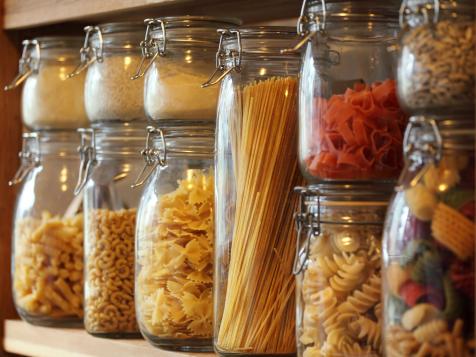Humor has always been a vital part of human interaction, providing us with laughter and amusement in our everyday lives. But have you ever wondered how cultural perceptions shape our sense of humor and our understanding of what is considered funny? Let’s take a lighthearted dive into the fascinating world of cultural perceptions of beauty in humor!
Introduction
What makes us laugh differs from one culture to another, as humor can be highly influenced by societal norms, values, and customs. While some cultures appreciate irreverent and sarcastic humor, others prefer gentle wit or slapstick comedy. Understanding these cultural perceptions of beauty in humor can help us appreciate the richness and diversity of our global comedic landscape.
The Power of Language
Language plays a vital role in defining what is considered funny. Different cultures have distinct linguistic nuances and wordplays that can only be truly appreciated by native speakers. For instance, in Malay, there is a popular form of humor known as “lawak bodoh,” which translates to “stupid jokes.” These jokes rely on simple wordplays and absurdity to generate laughter, often leaving non-Malay speakers scratching their heads.
Social Etiquette & Taboos
Cultural norms and social etiquette also heavily influence comedic boundaries. What may be considered hilarious in one culture could be deemed offensive or taboo in another. In Western cultures, it is common to use self-deprecating humor, where individuals poke fun at themselves. However, in some Asian cultures, this type of humor might be seen as immodest or disrespectful. Understanding these nuances allows us to navigate the diverse intricacies of humor in various societies.
Stereotypes and Satire
Stereotypes, although often controversial, play a substantial role in comedy. Satirical humor often relies on exaggerating stereotypes to highlight societal issues or challenge prevailing beliefs. However, cultural perceptions can shape the interpretation and acceptance of such humor. While one culture may find it humorous and thought-provoking, another might perceive it as offensive or derogatory. It is important to strike a delicate balance, using satire as a tool for social commentary while avoiding perpetuating harmful stereotypes.
The Universal Language of Slapstick
Despite cultural differences, there is one form of humor that transcends borders: slapstick comedy. Physical comedy, often filled with exaggerated gestures, clumsy mishaps, and comedic timing, appeals to audiences worldwide. Whether it’s Charlie Chaplin’s timeless antics or the hilarious bumbling of Mr. Bean, slapstick humor unites us through its universal language of laughter.
Conclusion
Exploring the cultural perceptions of beauty in humor reveals the incredible diversity and complexity of comedic expression across the globe. Our ability to find humor in various forms reflects our shared humanity, allowing us to connect and bond across cultures and boundaries.
Now, let’s explore some frequently asked questions about cultural perceptions of humor:
FAQ
Q: Can humor transcend language barriers?
A: Yes, certain types of humor, such as slapstick comedy, rely on physicality and visual cues, making them accessible to audiences regardless of language.
Q: Are there any universal jokes that everyone finds funny?
A: While humor is subjective, slapstick comedy often appeals to a wide audience due to its physical nature, making it universally amusing.
Q: How can I understand humor from other cultures?
A: To appreciate humor from different cultures, it’s helpful to immerse yourself in their language, traditions, and customs. Engaging with diverse forms of comedy through movies, stand-up performances, and literature can also broaden your understanding.
So, go forth and embrace the laughter that unites us all. Remember, a good joke knows no boundaries, transcending cultures and bringing people together in hilarious harmony.



:max_bytes(150000):strip_icc()/GettyImages-1453229786-90547add346b45cab3c90dd0c518c5d4.jpg)

